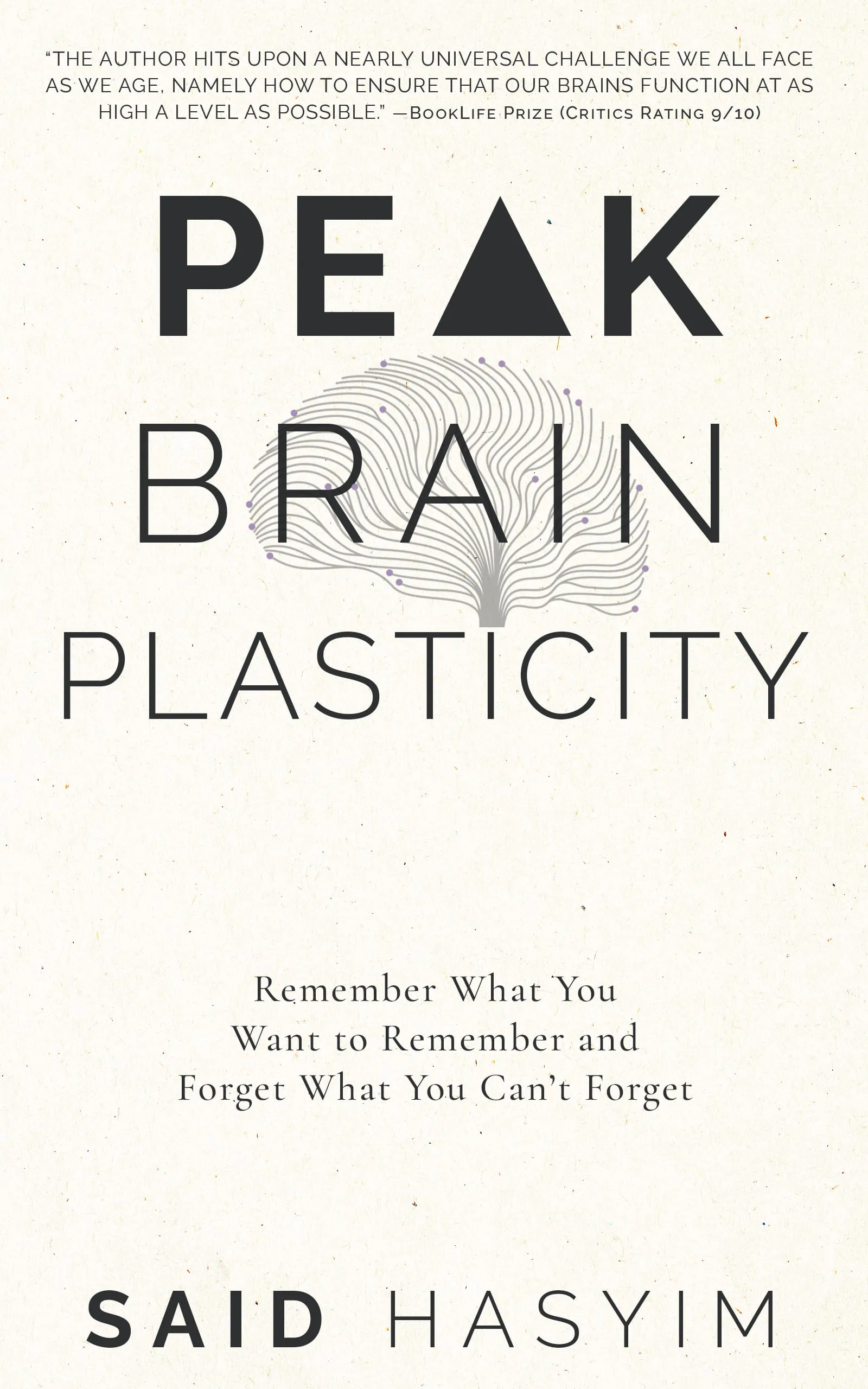Crafting Time Blocks for Effective Learning
In our fast-paced world filled with distractions, effective learning can often seem like a daunting task. The constant stream of notifications from our devices, the pressure of deadlines, and the demands of everyday life can easily derail even the most determined learners. However, one method that has stood the test of time and proven to be effective is the art of crafting time blocks. This technique not only helps organize your learning but also enhances focus and productivity. In this blog post, we will explore what time blocking is, how to create effective time blocks, and tips for maintaining a productive learning environment.
What is Time Blocking?
Time blocking is a time management technique that involves scheduling specific blocks of time for various activities. Instead of keeping a flexible schedule that can easily be interrupted by distractions, you intentionally allocate chunks of time to particular tasks. For learners, this approach can increase focus, reduce procrastination, and create a structured environment conducive to effective studying.
Why Time Blocking Works
Enhanced Focus: By dedicating specific time slots to studying, you can minimize the chances of distractions. Your mind understands that it has a designated period to concentrate solely on learning.
Increased Accountability: Time blocking encourages accountability. When you schedule a task, you are more likely to commit to it and follow through.
Better Time Management: Time blocking helps learners estimate how long they will need for each subject or topic, allowing better planning and ensuring that nothing is overlooked.
Reduced Decision Fatigue: With a pre-defined plan, you spend less time deciding what to do next, allowing you to maximize your studying time.
Creating Effective Time Blocks
Crafting time blocks requires thoughtful consideration of your goals, preferences, and daily rhythms. Here’s how to get started:
1. Identify Your Learning Goals
Before diving in, take some time to clarify what you want to learn. Are you studying for an exam, building a new skill, or tackling a challenging subject? By setting specific, measurable, achievable, relevant, and time-bound (SMART) goals, you’ll have a clear foundation for structuring your blocks.
2. Analyze Your Energy Levels
Everyone has particular times of the day when they are most productive. Some may find they think best in the morning, while others might do better in the evening. Break down your day into segments based on these periods of high energy and assign your most challenging or important subjects to those time slots.
3. Estimate Time for Each Task
Evaluate how much time you think you’ll need for each subject or activity. Start by breaking larger goals into smaller tasks. For instance, if you're preparing for an exam, you might set aside an hour for chapter review, followed by a half-hour for practice questions. Remember that it’s better to underestimate your time block rather than overestimate – you can always add more time later if needed.
4. Create a Visual Schedule
Once you know your goals, energy levels, and time estimates, create a visual representation of your time blocks. This can be a digital calendar, a bullet journal, or even a whiteboard. Make sure to include breaks to avoid burnout; the Pomodoro technique (25 minutes of focused work followed by a 5-minute break) is a popular method for maintaining productivity.
5. Be Flexible, But Committed
Life is unpredictable, and sometimes your plans may need to change. Be prepared to adjust your schedule if necessary. However, it’s vital to maintain a commitment to the time blocks you've created. If you find yourself frequently shifting blocks, reassess your goals and time estimates, and refine your plan to better fit your lifestyle.
Tips for Maintaining a Productive Learning Environment
Now that you have your time blocks defined, the next step is to create an environment that fosters focused learning.
1. Limit Distractions
Identify what typically distracts you during study sessions—be it phone notifications, noisy environments, or even other people. Find ways to limit these distractions. For example, consider using apps designed to block social media during study time, or find a quiet space that you can dedicate to learning.
2. Use Tools Wisely
While many of us are accustomed to digital tools for learning, it may also be beneficial to incorporate low-tech elements, such as printed notes or physical flashcards. Mix and match tools that work best for your learning style to enhance your focus and engagement.
3. Stay Organized
Maintain an organized workspace. A clutter-free environment can do wonders for your concentration. Make time to clean and set up your study area so that it is welcoming and conducive to learning.
4. Review and Adjust Regularly
Just like any other habit, time blocking requires practice and refinement. Regularly assess your time blocks to see what’s working and what’s not. Make adjustments as needed to optimize your learning experience.
Conclusion
Crafting time blocks is an essential skill for effective learning in today's distraction-filled world. By identifying your learning goals, analyzing your energy levels, and structuring your study time, you can create a more productive and focused learning environment. Remember that consistency is key; as you develop this method, you’ll likely find it becomes a vital part of your learning routine.
By implementing time blocking, you're not just allocating time to study; you're cultivating a mindset that values focus, discipline, and intentionality in your learning journey. So grab your planner, set those blocks, and watch your learning flourish! Happy studying!
Harness the Power of Neuroplasticity
Discover Peak Brain Plasticity, a practical book to harnessing neuroplasticity. Enhance your memory, learn new languages quickly, and alleviate anxiety with effective study methods. Uncover daily habits that impact cognitive health and explore techniques for accelerated learning and memory retention. Unlock your brain's potential for growth and transformation.
